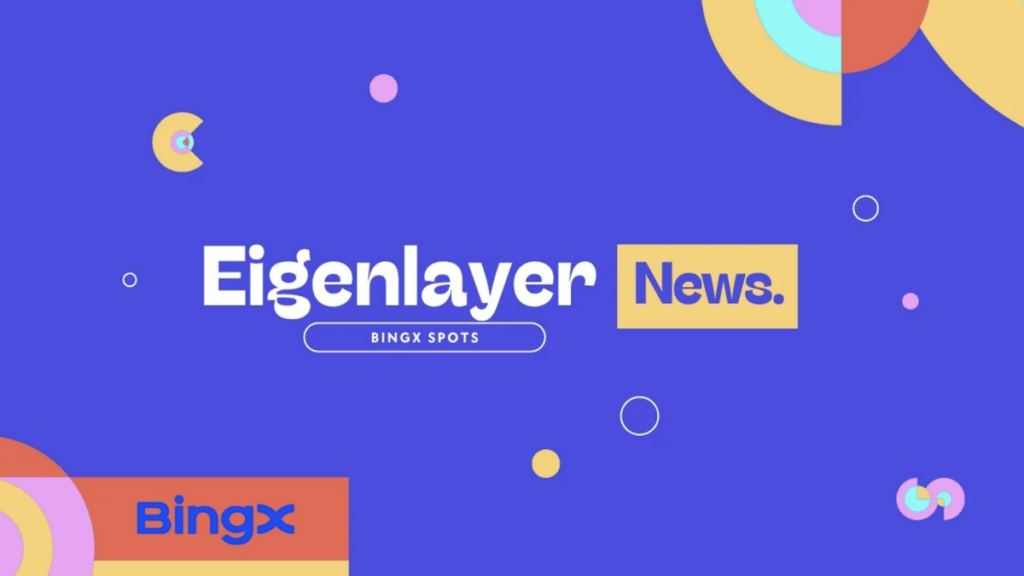Non-fungible tokens (NFTs) have been making waves in digital art. What does this mean for fine art? Can these two worlds merge? We’ll explore why NFTs are gaining traction and how they might revolutionise how we value fine art.
Is there a fine art market for NFTs?
If you’re asking if fine art and NFTs can merge, the simple answer is yes. That crossover has already begun. Sotheby’s Institute of Fine Art, which auctions and curates collections, has unveiled a new educational program to provide creative business leaders with the skills necessary to master Web3 fundamentals.
Why is Sotheby’s running this program? – They want to establish themselves as a leader in web3 art education. Registration for their “Metaversity for Creative Business Leaders” begins in January 2023.
Sotheby’s is not the only prominent institution making an intentional effort to leverage NFTs in fine art. Fine art auctioneers Christie’s made headlines 18 months ago for their multi-million dollar Beeple NFT safe, but how are they doing on the NFT side to date? Nicole Sales Giles, digital art director at Christie’s, was recently quoted by multiple internet publications in November 2022 saying, “Despite the news cycle of cryptocurrencies, there remains strong interest in digital art”.

Christie’s most recently capitalised on this interest through their 3.0 auction from November 30 to December 7 2022, offering a collection of fine art NFTs during Miami art week.
So, through these two juggernaut examples and other lesser-known auctioneers, the fine art world is embracing web3, but the question is, why and how are non-fungible tokens changing the fine art scene?
Why NFTs are pleasing to fine art investors
Thanks to Web3, buyers can now access a much larger pool of fine art than ever. Artists no longer need physical space to display their work; instead, they can showcase their pieces online and extend their reach beyond local galleries and museums.
Another key benefit of using NFTs to prove ownership of a work of art is fractional ownership. Buyers can purchase small fractions from multiple owners, which opens up fine art purchases for those needing more resources to buy an entire painting or sculpture outright. It also allows artists to sell their work without relying solely on galleries and dealers.
Additionally, thanks to smart contracts, artists can receive royalties from any future artwork sales—something that was not possible before the advent of NFTs.
Goodbye third-party fees and delays – Hello, better fraud protection
NFTs facilitate faster payment processing since payments can be made directly from buyer to seller without third-party fees or delays.
Finally, this technology provides better protection from fraud since all transactions are recorded on an immutable ledger, making it virtually impossible for someone to sell fake artwork or falsely claim ownership of a piece.
In a Nutshell
- NFTs can provide a way for artists to verify the authenticity and ownership of their digital art. Because each NFT is unique and stored on a secure, decentralised blockchain, it can serve as a tamper-proof record of ownership, protecting the owner’s fair use rights. This can be especially useful for digital art, which is often easy to copy and distribute without permission.
- Because NFTs are bought and sold using cryptocurrency, artists can reach a wider audience of buyers and collect payment more securely and efficiently than traditional methods.
- NFTs can also enable new forms of digital art and creativity. For example, some artists use NFTs to create interactive, multi-layered artworks that can change and evolve. Others are using NFTs to create unique, limited editions of their art, which can be bought and sold like collectable items.
Wrap up
Non-fungible tokens can transform how artists can buy and sell fine art. They provide a different avenue from the physical print-on-demand options, which are still very lucrative for many artists. Fine artists can see the blockchain as a new sales channel which provides greater transparency when selling works of art.
In addition, fractional ownership means anyone can invest in pieces that would otherwise be out of reach financially—making fine art accessible to more people than ever!
As this technology continues to develop over time, there’s no telling what kind of changes it could bring about in the world of fine arts—but one thing is sure; it’s going to provide many exciting possibilities!
Author

The views and opinions expressed in this guest post are solely those of the author, and do not necessarily reflect the official policy or position of NFT News Today.





